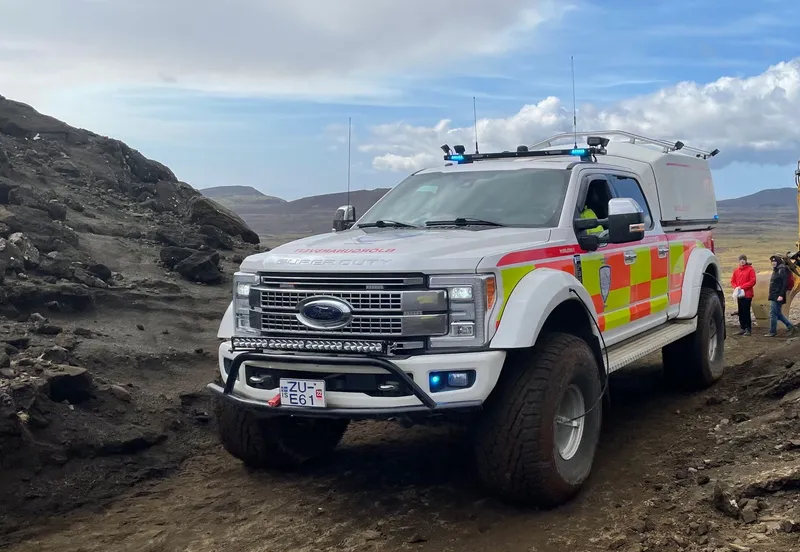We’re people of facts, not words. So I’m going to tell you the exact story that made us realize the importance of a first aid kit in our hiking backpacks. We never leave without it, although we never used it so far.
Our view of the first aid kit changed while hiking in Iceland. During our October trip to Iceland in 2020, we had 2 more hikes in plan before leaving the island: Keillir and Trölladyngja. In case you don’t know, a volcano erupted in that area in March 2021. Prior to the eruption, a swarm of earthquakes shocked the area for months. October 2020 is when the earthquakes started with a bigger one at first. Luckily for us, the earthquake happened 2 days before our planned hikes. Unfortunately, other people weren’t so lucky. At the moment of the quake, some people were hiking Keilir and truethe experience they describe was terrifying. One man that was at the top of the mountain when the earthquake hit, was truethrown off his feet and hit his head. Luckily he had with him a first aid kit until he got to the hospital. That was the moment we realized that we never had such an important thing with us on our hikes. If we were hiking Keilir that day and got injured, we had no way to care for our wounds until the rescue team got to us.
The first aid kit below is an all-purpose kit. No matter how long the hike, the location, or the weather, your first aid kit must include these items. Always analyze your upcoming hike and the environment and add any extra items you find appropriate. Make sure that your first aid kit is waterproof!
What should a hiking First Aid Kit contain?
- Sterile gauze dressings truepads and truetape
- Rolled truecompression bandage
- truePlasters in a variety of different sizes and shapes
- Antimicrobial wound cleaning solution like iodine truepads or truesolution
- Antiseptic truecream or truepowder
- trueHand sanitizier
- Painkillers like paracetamol or ibuprofen
- Antihistamine truecream, truetablets, and even adrenaline
- Skin rash cream, such as hydrocortisone or truecalendula
- trueRehydration tablets
It’s also good to mention truesunscreen and** trueDEET bug repellent**. Although we don’t consider them to be part of a first aid kit, you should always have these 2 items with you when necessary. First aid refers to emergency and immediate care that should be provided to an injured person. Sunscreen and bug repellent should not be used only when you get sunburnt or bitten by insects. Whenever there is sun or you are in an area with insects (warm climates), don’t forget to apply sunscreen and/or bug repellent to prevent any unpleasant surprises.
You might also need some other tools to offer first aid such as a truemultitool in order to cut the sterile tape, and a trueheadlamp if there’s not enough light. These 2 items are not necessarily part of the first aid kit, but rather part of your hiking gear.
In cold climates, you might also want to be careful not to fall into hypothermia. This is very unlikely in a day hike, but if you plan to do an overnight trip add a trueheat-reflecting emergency blanket to your first aid kit.
If you are doing hikes where search and rescue teams might have trouble finding you, you might also want to have with you an trueemergency beacon. Such hikes can include alpine hikes where the risk of falling off a ledge is high, hikes in areas with avalanche risk, hikes in areas with no phone coverage, hikes near active volcanoes, and so on.
In hot, tropical climates you need to drink a lot of water to stay hydrated. If there are no sources of clean fresh water along the way you risk running out of drinkable water. For such emergency situations, you can carry with you a trueLifeStraw if you don’t have a trueUV bottle. Even so, the UV light does not remove chemicals like pesticides, metals, or smells, while LifeStraw does. UV bottles are also good in countries with developing infrastructures where tap water might be contaminated.
Injury Prevention
Prevention is the best thing that you can do even if it means that you carry the first aid kit for nothing. The most common injuries that happen during a hike are blisters, scratches, rashes, cuts, sprained ankles, allergic reactions, dehydration, and heatstroke.
Besides watching your step, buying high-quality hiking gear can help you prevent some of them. Not only high-quality hiking gear but also the appropriate one. For example, if the trail is extremely rough, rocky, and uneven, you might want to get some sturdy hiking boots to prevent sprained ankles. If you’re hiking in the sun, cover your head with any kind of hat and drink plenty of water.
Ticks! Avoid tall grass and if you can’t make sure to shake your clothes and inspect your feet as often as possible.
Snake bites! I hate snakes, I have ophidiophobia (fear of snakes). Even if you don’t have ophidiophobia you should always try to prevent snake bites and not rely on first aid.
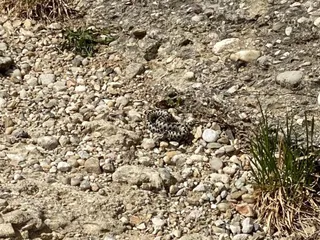
- Research about the types of snakes in the area you are going to hike.
- Stay on trails. Trails offer snakes few hiding places and us plenty of time to spot one. We always watch out for snakes in areas where snakes are present and wear snake gaiters if there’s no clear visible trail that offers visibility.
- Trekking poles are also useful because you can test the ground in front of you before stepping. If there’s a snake it will jump at the pole and not your feet.
- Inspect rocks or logs before sitting on them. Snakes may hide and be well-camouflaged under such objects, so carefully inspect them.
- If you rest your backpack down, make sure that all zippers are closed to prevent any snake to go in.
- If you see a snake leave it alone, keep the distance, back away slowly
- Never hike alone. Always have someone with you who can assist in case of an emergency.
Get Professional First Aid
In most developed countries you can’t get antibiotics without a prescription and not even hydrocortisone cream. Which is a good thing to prevent abuse or misuse. We don’t carry antibiotics in the first aid kit because it is extremely rare to need them in the first 24 hours. Also, it is better to get them from a local professional who knows the bacteria they are dealing with and the appropriate treatment.
For example, I accidentally stepped barefooted on a caterpillar in Koh Yao Noi, Thailand. I did have some hydrocortisone cream with us, but it had no effect. 7 days later I still had blisters on my foot sole and there were no signs of improvement. I went to a local pharmacy where they gave me a different hydrocortisone cream. 5 days later the blisters were gone.
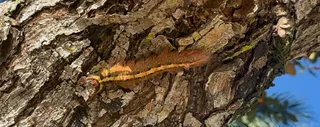
The same story applies to antibiotics. Broad-spectrum antibiotics have more undesirable side effects and are less effective for specific needs than targeted antibiotics. If you get food poisoning in SE Asia, it’s better to go to a local doctor for treatment rather than use some European or American antibiotics.

Buy or Make a First Aid Kit?
You can either buy a truepre-made first aid kit or make your own. Both options are okay. You might save some money by buying one, but you have more control over its contents if you make it yourself.
First of all, you exactly what you have in there since you bought each individual item and you also get to check the expiration date. Expired items should be replaced.
Secondly, you can easily adjust the quantities depending on how many days you are hiking and the number of persons. Get a truefirst aid kit bag according to your desired size and fill it with your own items.
Other Hiking Information
If you are interested in other useful resources regarding hiking, please try out our articles in the false hiking category.
 Travelfoss
Travelfoss
We did hikes all over the world, and we are constantly writing about them. Browse through the false hikes we did and choose your next destination. Don’t forget to subscribe if you wish to receive them by email.
 Travelfoss
Travelfoss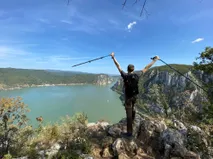
Don’t be put off by the injuries that can happen (but don’t happen) while hiking. Chances are that you will never use the first aid kit.
Related Travel Articles
- What to Pack for Antarctica Cruise - Complete Packing List
- The Best Gift Ideas for People Who Love To Travel
- How To Stay Warm While Photo Shooting The Northern Lights - Aurora Borealis
- What To Pack For Tenerife
- What to Pack for an Expedition in Antarctica
- Travel Packing Tips & Tricks
- The Hiking Gear And Equipment Essentials for Cold Weather
- The Ultimate Travel Packing Checklist With Years Of Travel Testing
- The Hiking Gear And Equipment Essentials Checklist
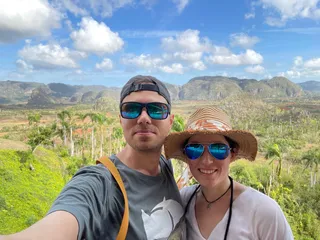
Writing free, independent and personal travel content since 2021. If you appreciate what we do, then you can return the favor by using the affiliate links below.
- Get your accommodations on Booking.com
- Buy your gear and gadgets from Amazon
- Book flights using Expedia
- Book activities on Get Your Guide
- Book guided trips on G Adventures
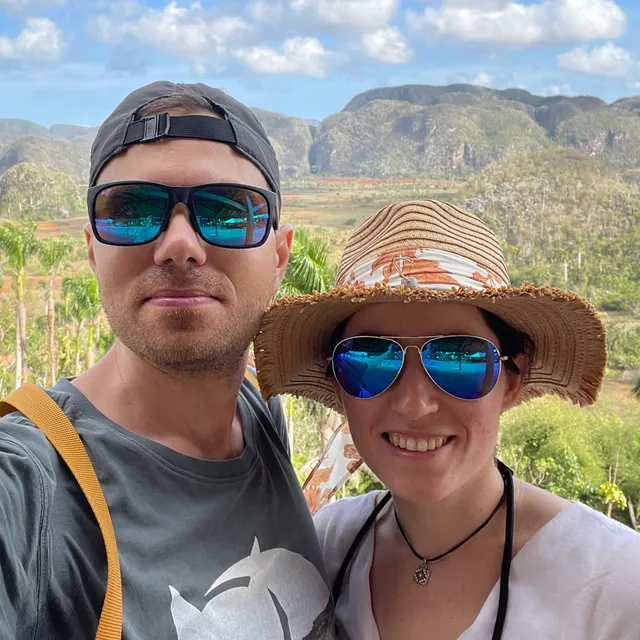
Writing free, independent and personal travel content since 2021. If you appreciate what we do, then you can return the favor by using the affiliate links below with no cost for you.
